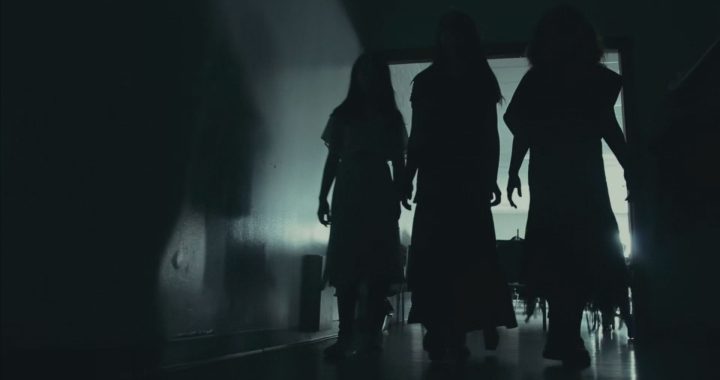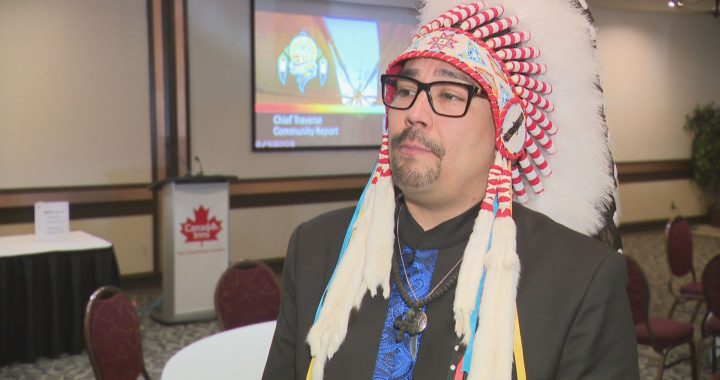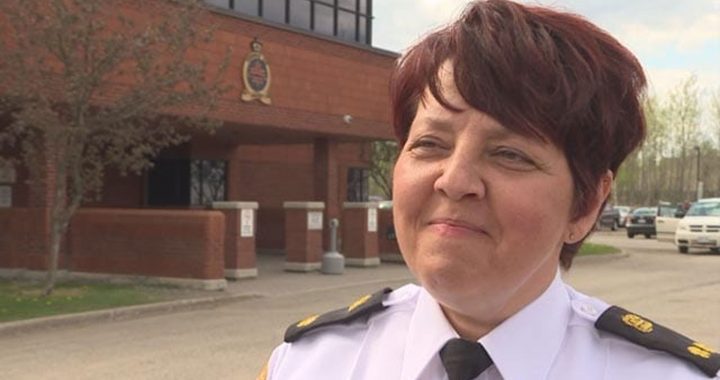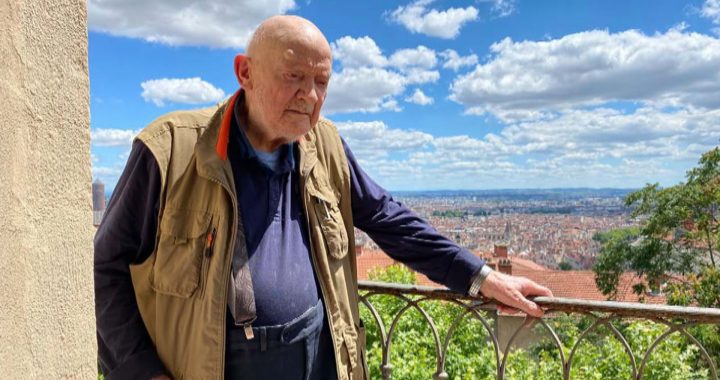APTN National News
To this day no one has found the remains of the brothers Charles and Tom Ombash who ran away from an Indian residential school in Sioux Lookout, Ont., on Oct. 5, 1956.
School officials waited for about a month before notifying police and Indian Affairs.
At least 33 students are recorded to have died by running away from residential schools. Most succumbed to exposure.
There were other ways Indigenous children attending residential schools died. In 1949, Rodney Beardy, 15, was killed in a tractor accident at an Indian residential school in Brandon, Man. School fires also killed at least 40 students.
Disease, particularly tuberculosis, was the main cause of death for likely thousands of children who attended residential schools.
The Truth and Reconciliation Commission (TRC) unveiled two volumes and a summary of its final report which is expected to be released later this year. One volume was titled, What We Have Learned, and the other was titled, The Survivors Speak
The number of those who died at these government and church run schools may never be known, according to the TRC report.
A total of about 150,000 children attended the schools throughout its over century-long existence.
The report was released Tuesday and is built on six years-worth of research and testimony from nearly 7,000 residential school survivors.
The TRC was created as a result of the multi-billion dollar Indian residential school settlement agreement between Ottawa, the churches and residential school survivors.
In a volume titled, What We Have Learned, the report grapples with an incomplete, destroyed and fragmented historical records in an attempt to find an approximate number for the deaths at the schools.
“The number of students who died at Canada’s residential schools is not likely ever to be known in full,” sates the report. “Many records have simply been destroyed.”
The federal government underwent a period of document destruction between 1936 and 1944 that eliminated some 200,000 Indian Affairs files. Some of the documents that do remain contain incomplete information. While some school reports contained total number of deaths in a year, it was not always accompanied with the names of the deceased.
“There can be no certainty that all deaths were, in fact, reported to Indian Affairs,” the report states.
Commission researchers managed to unearth records of student deaths in church archives that were never recorded by the department. Residential school officials also often failed to report the deaths to provincial authorities.
The TRC created a National Residential School Student Register which the commission said “marks the first effort in Canadian history to properly record the number of students who died in residential schools.
The registry includes three separate categories, including records of confirmed deaths that come with the names, deaths of unnamed students and those that require more investigation.
So far, the registry has tallied 2,040 deaths between 1867 and 2000 that can be linked to a name. The number rises to 3,201 deaths when records of the unnamed dead are added to the total. The report found that the majority of recorded deaths, 2,434, happened before 1940.
The report doesn’t include the number of deaths that need more investigation.
TRC Chair Murray Sinclair has said the number of deaths is about 6,000, but that number does appear in the report.
The causes of death are even more difficult to determine, the report said. In almost 50 per cent of cases in the records of named and unnamed residential school student deaths, the cause is not identified.
The main causes, according to records that do exist, stemmed from ailments like tuberculosis, influenza, pneumonia and general lung disease.
Tuberculosis, however, was far and away the biggest threat to students, accounting for nearly half of deaths that included a cause in the records. The TRC report mentions Indian Affairs medical officer Dr. Peter Bryce who discovered in the early 1900s that tuberculosis had killed 25 per cent of the student population from a total of 15 schools. Bryce said that one school reported 69 per cent of its students had died.
Children in residential schools were also dying at a far higher rate than the general school-aged population for the majority of the system’s existence, according to the report.
Between 1941 and 1945, residential school students were dying at a rate almost five times higher than the general death rate. Even by the 1960s, Indigenous students at the schools were dying at double the rate of the general school-aged population.
“The high death rates in the schools were, in part, a reflection of the high death rates among the Aboriginal community in general. Indian Affairs officials often tried to portray these rates as simply the price that Aboriginal people had to pay as part of the process of becoming civilized,” said the report. “In reality, these rates were the price they paid for being colonized.”
Indian Affairs and the churches treated the dead in much the same manner as they were treated in life.
“Throughout the system’s history, children who died at school were buried in school or mission cemeteries, often in poorly marked graves,” said the report. “The closing of the schools has led, in many cases, to the abandonment of these cemeteries.”
Sometimes, the children did not even get their own burial plot.
During the influenza pandemic of 1918-1919, the Fort St. James school in British Columbia buried the dead children in a common grave. In Red Deer, four children were buried two to a grave to save money.
While staff members from the residential school in Spanish, Ont., received headstones, the graves of students received simple white, wooden crosses.
Indian Affairs was also particularly stingy about returning the body of students to their home communities.
“Parental requests to have children’s bodies returned home for burial were generally refused as being too costly,” said the report.
In one case, Indian Affairs refused to send the body of a boy who died in an Edmonton hospital to his home in the Yukon.
In its recommendations, the TRC calls on Ottawa to give the National Centre for Truth and Reconciliation, which will be the repository of survivors’ testimony and historical records, enough funding to maintain an update the National Residential School Student Death Register. The TRC also requests chief coroners and provincial vital statistics agencies that have not yet turned over information on Indigenous child deaths transfer it to the centre.
The TRC recommends Ottawa work with churches, Indigenous communities and survivors to create an online registry with maps to show locations of buried residential school children. The commission said Ottawa and the churches should continue to try to inform the families of children who died at the schools of their location and provide the opportunity for reburial at home.
The TRC also wants to see procedures developed with provinces, municipalities and landowners around the care and maintenance of burial sits of residential school children.
@APTNNews









